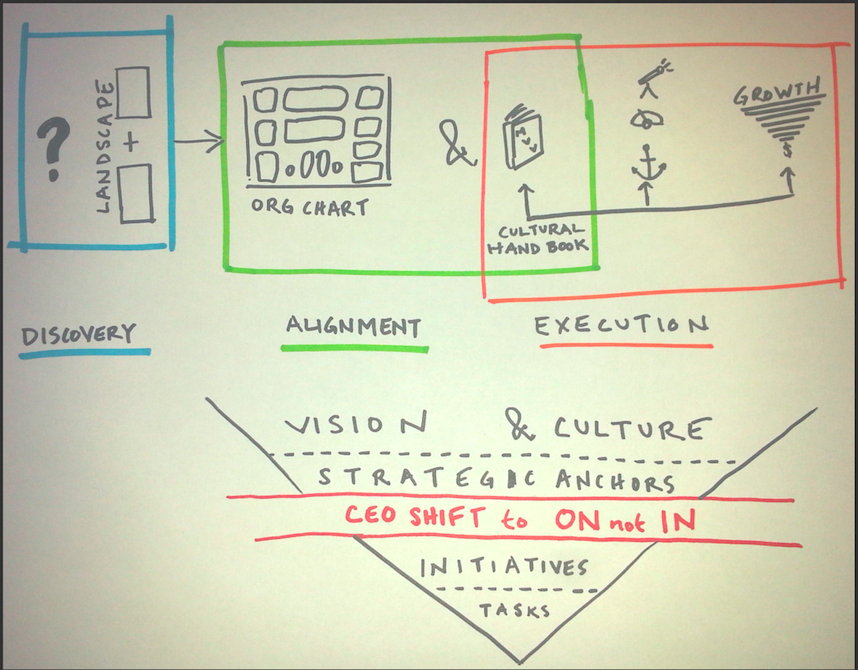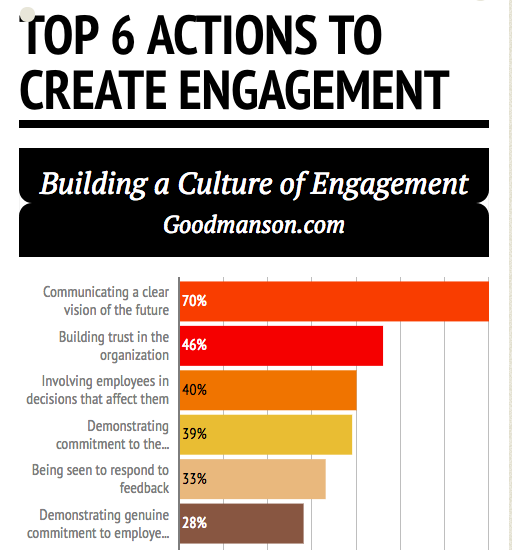Building a sustainable organization is much more difficult than you may assume. One of my goals in any new organization I’m involved with is to ensure it is ‘bigger than me’. As an entrepreneur this means you are not creating a company that provides you with a job but are building an organization that would continue on without you (Suggested Reading The E-Myth Revisited: Why Most Small Businesses Don’t Work and What to Do About It). This is much easier said than done.
Regardless of whether you are a church planter or an entrepreneur, recently I read a helpful book, called Predictable Success: Getting Your Organization On the Growth Track–and Keeping It There that has helped me ‘see’ what I’ve felt. (btw- of course I wouldn’t say you can be guaranteed ‘predictable’ success, but non-the-less its a helpful read.)
Snapshot: ‘Predictable Success’ is the peak of the mountain, it’s what every organization does (or should) aspire towards. It is when everyone in the organization expects to succeed, where there is a healthy state of innovation and entrepreneurial new vision and the company has the necessary amount of systems and processes to help realize these expectations. It’s that state where the engine is tuned perfectly and you know that if you put gas in the tank, turn on the ignition, put it in gear, take off the brake, and press the accelerator – the organization will go forward.
The author, Les McKeown, breaks down an organizations state into 7 different phases that are:

- Early Struggle
- Fun
- Whitewater
- Predictable Success
- Treadmill
- The Big Rut
- Death Rattle
Here is a quick summary of these phases:
‘Predictable Success’ is the pinnacle, the top of the hill, what every new organization aspires towards. But let’s face facts, most businesses are born and die in the first one. In the ‘Early Struggle’, existence is all about finding the right customers with the right product or service and making a sufficient level of profit just to survive. It becomes ‘Fun’ when cashflow is positive and the business is succeeding and growing. But as the organization grows it reaches the ‘Whitewater’ – where the volume of orders and demands from customers exceed the organization’s ability to cope – fast and loose becomes fast and lost, and the organization begins to struggle because it needs more structure and process to cope with its own success. If the organization succeeds in establishing the systems and processes necessary to manage their growth, then they enter ‘Predictable Success’, but usually at some point organizations go too far with systems and processes and the culture and success of the organization begins to suffer. Left unchecked the organization falls into ‘The Big Rut’ – where people begin to work for the systems and processes instead of for the customers. And left unaddressed, companies in ‘The Big Rut’ will continue to bleed cash until they face the ‘Death Rattle’ and end up being sold or going bankrupt. Quote Source: Blogging Innovation
Reading this book caused me to reflect on my involvement in 6 church plants and 3 start-up companies since moving to San Diego CA in September of 2001. (Prior to that I started 2 companies in the 90’s and was at Mars Hill Seattle when it was relatively new at about 100 people). In all this time I’ve had some successes (eg. selling a couple companies) and failures (closing the doors on a couple companies) but all in all it’s been great to see the up’s and down’s first-hand and gain experience. But in many the phases cited by McKeown seem to hold true.
You can see this isn’t just for companies. As a church you can see how this impacts you. For example, what happens when your church grows too fast and how do you ‘process’ people? (Something I experienced at Mars Hill when they went through rapid growth, at the time I handed Driscoll a copy of the E-Myth) People can feel too systematized (treadmill) or miss opportunities to move into deeper community (whitewater).
We have experienced these phases acutely at Monk Development, Inc. (MonkDev). Many of you that read my blog are probably aware of this company (MonkDev) I began in 2003 to help church planters get a great website, but more than that, a total church web strategy. At the time, I wanted to help church planters like myself attract more visitors as well as deepen the relationship and communication with their existing community.
Since the launch of our Content Management System (birthed by Etienne de Bruin one of my two partners at Monk) we have grown from 0 to roughly 4,000 churches and ministries that use our technology to manage their presence on the web. Today, we serve large ministries like World Vision, one of the top-10 largest churches in American (Calvary Chapel Ft. Lauderdale launching soon!), church planters with 5 people in their basement and everything in-between. In this time we have gone from 0 to 20 people and this year we were recognized by the San Diego Business Journal as the 12th Fastest Growing Privately Held Company in San Diego County. With all this growth comes its share of problems. The year 2008 particularly was our ‘Whitewater’ experience. We were landing so many deals that we could not keep up with the growth and the lack of systems couldn’t keep up.
I am very thankful that this drove the leadership to seek help. In addition to prayer, this was the year I joined EO, James (our other partner who oversees operations) joined Vistage, Etienne joined the Web Leaders Collective, we brought in the 180 Group to help align us and we also were selected by the Chairmen’s Roundtable who served as a Board of Advisors for about 6-months. I really believe that by the grace of God we experienced all this pain to clarify our calling and work through very difficult circumstances as a team. It has not been an easy process at all, but it’s amazing what clarifying and unifying around vision and strategy does to the health of an organization. We agreed that: MonkDev seeks to redeem culture for the good of all using technology. We believe this means that we seek the good of our world primarily through serving the web needs of churches, non-profits and organizations that share our passion.
If you are building an organization, I recommend the above books. Also check out Small Giants: Companies That Choose to Be Great Instead of Big. This is a great read for many of us who are not driven just by a profit motive but seek a broader cultural impact in the communities we serve. (Of course other classic business books come to mind such as Good to Great and The Leadership Challenge if you haven’t already read these.)


